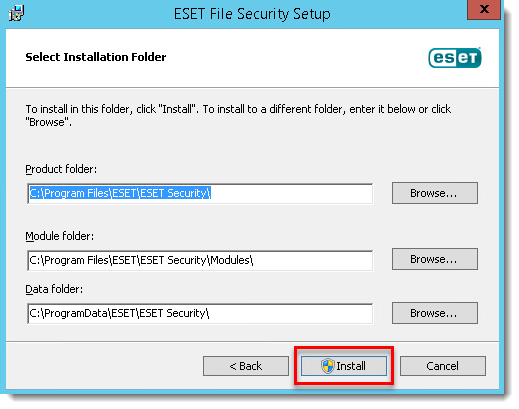

- #Windows server 2008 security configuration wizard how to
- #Windows server 2008 security configuration wizard windows
Browse to D:Security, or other local path, and type a name in the File name: box e.g Security.Right-click Security Configuration and Analysis from the console tree and select Open Database….
#Windows server 2008 security configuration wizard windows
The point of these templates are to lock-down servers using the Windows Security Configuration Wizard but we are only using them for a simple permission change Step 3 – Create a Security Database Click OK and you will see the new template appear in the console.The Description is optional but may be useful if you want to re-use it.Right-click D:Security from the console tree and select New Template ….Browse to D:Security, or other local path, and click OK.Right-click Security Templates from the console tree and select New Template Search Path ….In Windows Server 2003 and below you can store these files anywhere but later versions have tougher restrictions so we will be creating everything in D:Securtiy Step 2 – Create a blank Security Template Scroll down the list of available Snap-ins and select Security Configuration and Analysis.

Click File > Add/Remove Snap-in… (Ctrl+ M)
#Windows server 2008 security configuration wizard how to
This lesson describes how to plan and implement Windows Firewall and NAP using Windows Server 2008 R2.Ĭonfigure Windows Firewall with Advanced Security.Ĭonfigure Network Access Protection (NAP).

NAP requires computers to complete a health check before allowing unrestricted access to your network and facilitates resolving problems with computers that do not meet health requirements. Windows Firewall can filter incoming and outgoing traffic, using complex criteria to distinguish between legitimate and potentially malicious communications. Windows Server 2008 R2 supports two technologies that are useful for improving network security: Windows Firewall and Network Access Protection (NAP). This can result in costly security compromises, such as a worm that spreads rapidly through an internal network or a sophisticated attacker who steals confidential data across the network. By their nature, networks can allow healthy computers to communicate with unhealthy computers and malicious tools to attack legitimate applications.


 0 kommentar(er)
0 kommentar(er)
